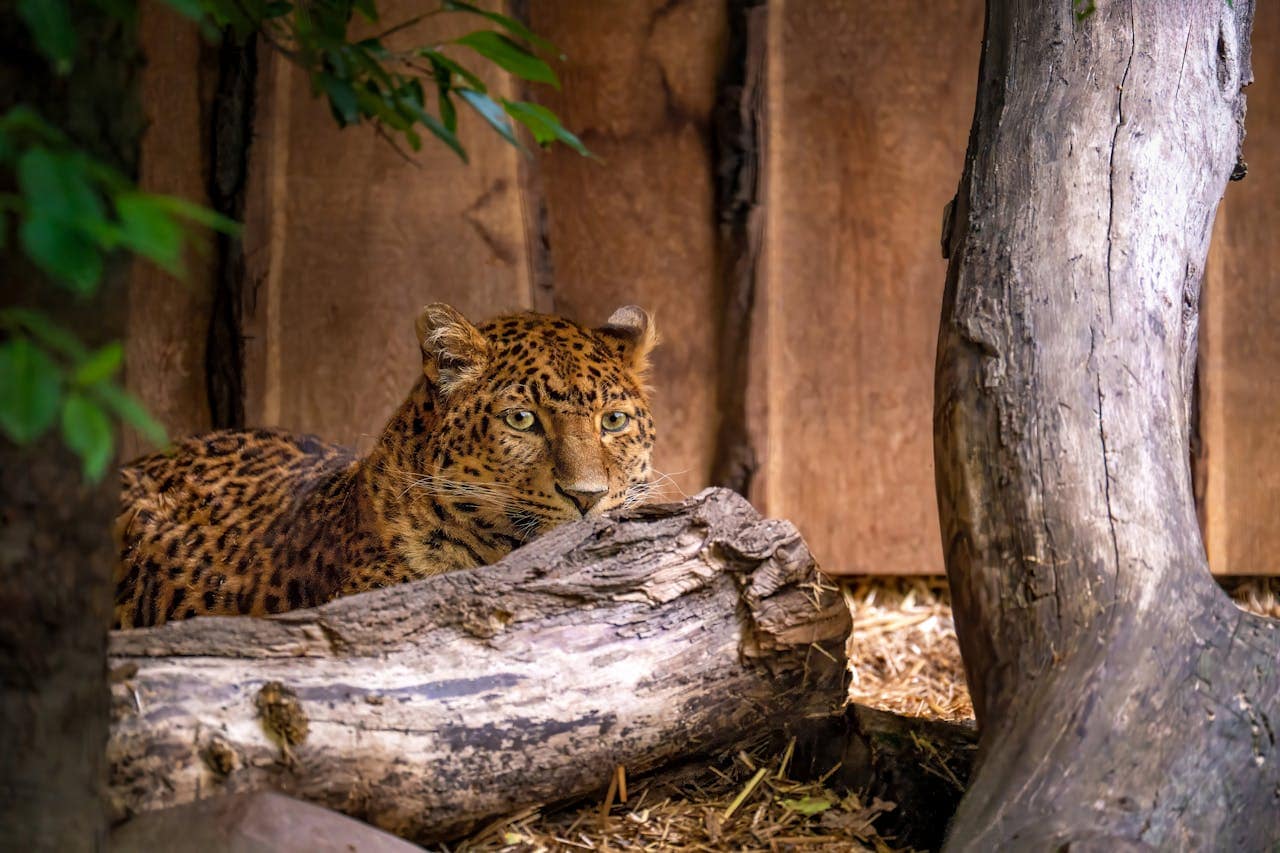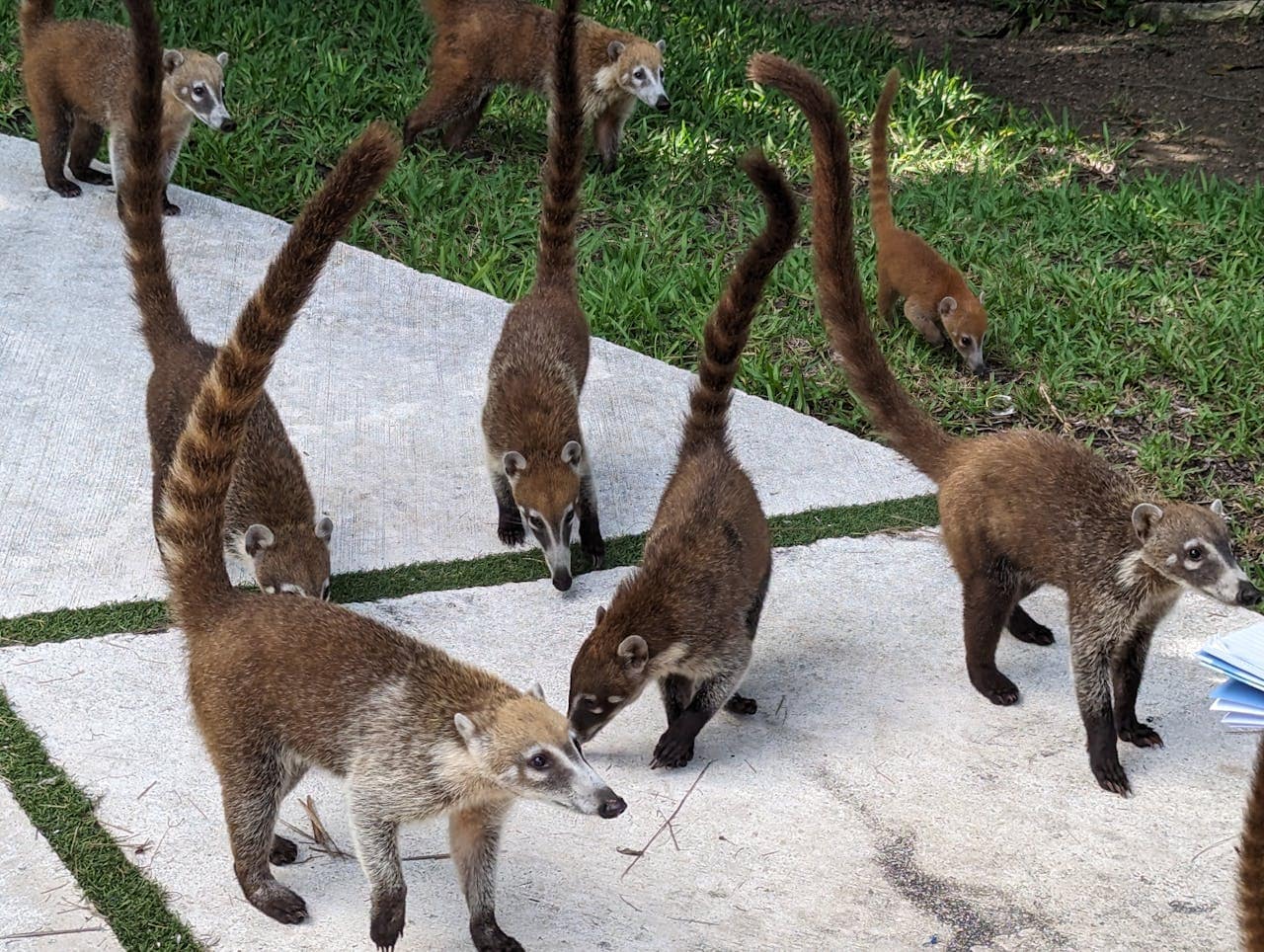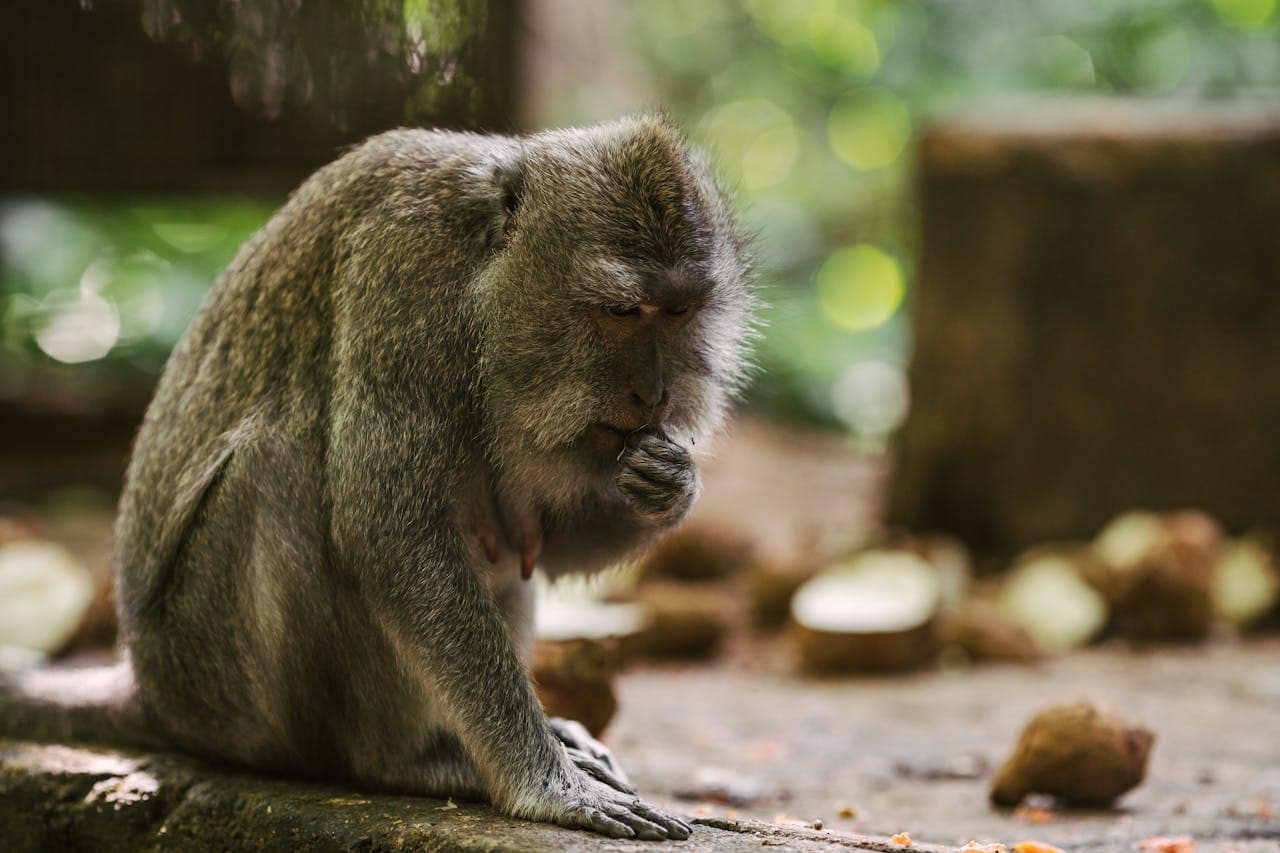When a wild animal arrives at a rescue sanctuary, it embarks on a crucial journey from vulnerability toward recovery and potential release. At the heart of every sanctuary is this commitment to healing, care, and respect for the wild nature of the animals in residence.
The Rescue Process: From Field to Sanctuary
Wildlife rescues often begin with alert individuals or officials reporting injured or orphaned animals. Sanctuary teams collaborate with wildlife agencies to safely transport the animal. Speed and minimal stress during capture and transport are critical for the animal’s survival.
Initial Assessment and Medical Care
Upon arrival, the animal undergoes a thorough health assessment by qualified veterinarians and caretakers. This includes:
- Checking for injuries, dehydration, parasites, or diseases.
- Conducting blood tests or X-rays if needed.
- Determining the animal’s age, condition, and species-specific needs.
Based on the findings, individualized care plans are created. Injuries are treated, wounds cleaned, and nutrition carefully managed.
Rehabilitation: The Road to Recovery
Rehabilitation focuses not just on healing physical injuries but preserving or restoring natural behaviors vital for survival in the wild. This may include:
- Providing enclosures that simulate natural habitat for psychological wellbeing.
- Encouraging natural feeding behaviors by offering live prey or foraging opportunities when appropriate.
- Minimizing human interaction to prevent habituation.
Patience is key—some animals take weeks or months to heal fully.
Preparing for Release
When an animal recovers sufficiently and shows natural behavior, sanctuaries work to release it back into the wild. This phase involves:
- Choosing suitable release sites with healthy ecosystems and minimal human disturbance.
- Monitoring the animal post-release through tracking devices when possible.
- Continuing to evaluate the success of the release to inform future rescue strategies.
Not all animals are candidates for release—those with permanent disabilities or who’ve been too habituated may live out their lives safely at the sanctuary.
The Sanctuary’s Role Beyond Rescue
Beyond individual rescues, sanctuaries engage in:
- Public education to reduce human-wildlife conflict.
- Rehabilitation of ecosystems that support native wildlife.
- Wildlife research to understand species needs and threats better.
Every animal saved is a testament to the sanctuary’s vital role.


